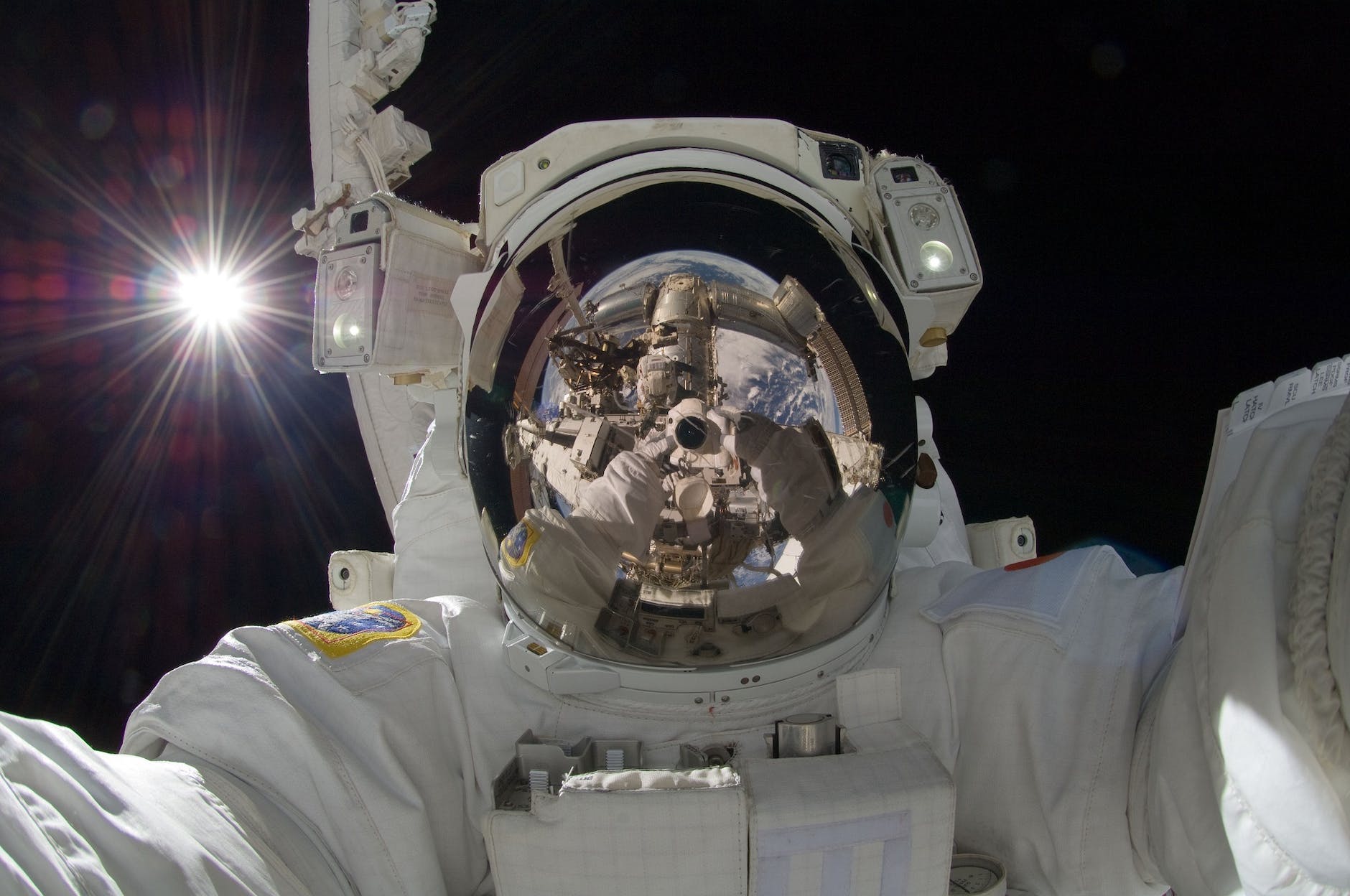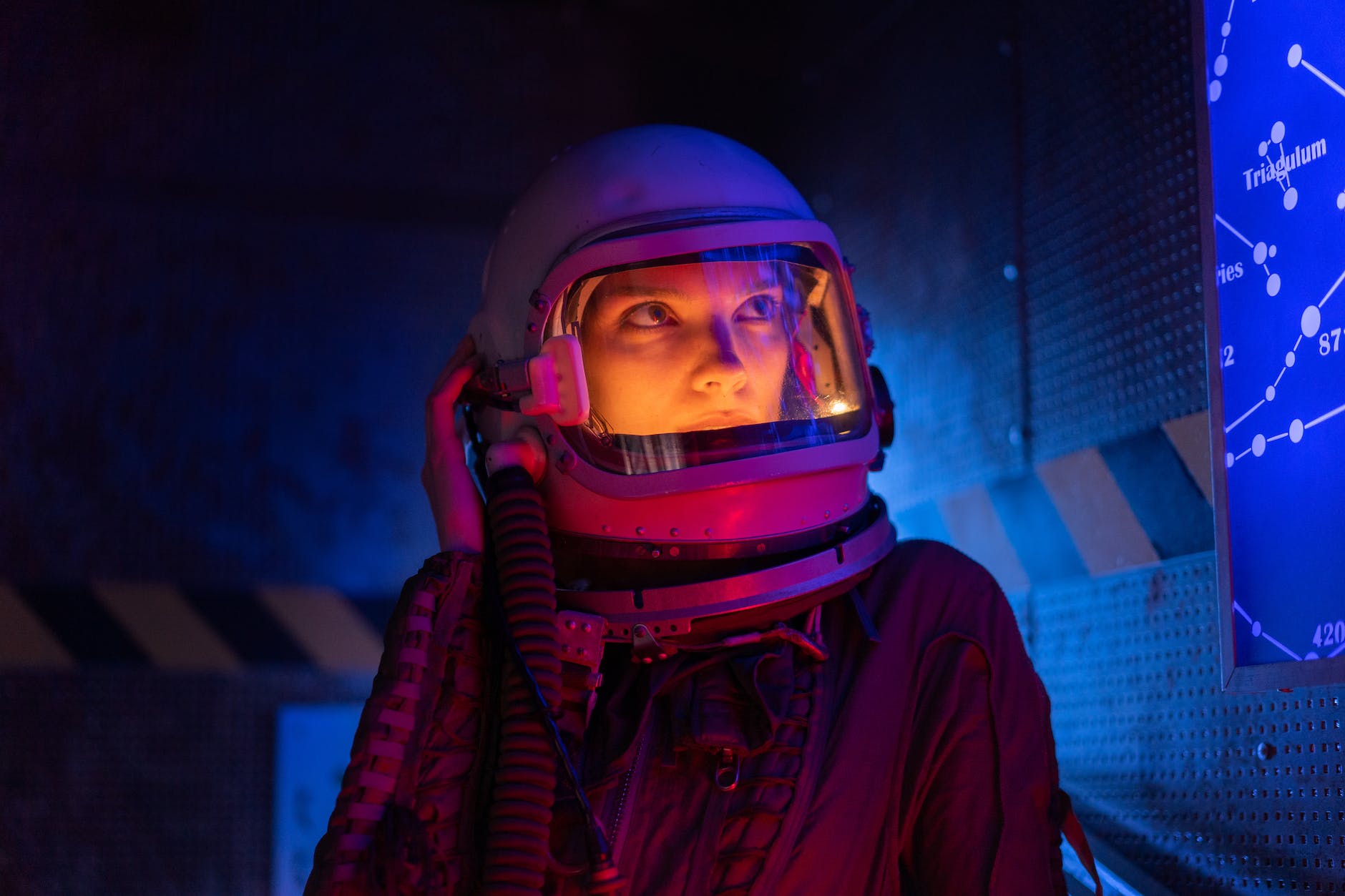
Space Tourism: A New Frontier in Travel
Space Tourism
Virgin Galactic and Blue Origin are key players in the space tourism industry. Virgin Galactic, founded in 2004 by Richard Branson, is working towards launching commercial human space flight. Blue Origin, led by Jeff Bezos, entered the industry in 2015 with plans for sub earth orbit trips and a future presence on the moon. Both companies have contributed to the growth of it and captured the interest of adventurous travelers in Texas.

The Key Players in Space Tourism
SpaceX, founded by Elon Musk, is a private space company that aims to make space tourism a reality. With its innovative reusable launch vehicle and spacecraft, SpaceX plans to ferry tourists to the International Space Station (ISS) and beyond in the near future. Boeing, another major player in commercial spaceflight, has contributed significantly to the development of NASA’s Commercial Crew Program, which aims to transport astronauts and cargo to the ISS. Axiom Space, a Houston-based company, is working on building commercial space stations for tourists seeking an out-of-this-world experience. These space stations will offer unique opportunities for research and exploration while also providing a glimpse into life in space.
Read This: Space Tourism Jobs
The Journey of an Astronaut-Tourist
Preparing for a trip to space can be an exciting but daunting task. It involves rigorous training and preparation to ensure you are physically and mentally ready for the journey. However, experiencing zero-gravity flights can help simulate the feeling of being in space and prepare you for the environment. Additionally, staying at a space hotel is a unique opportunity that may soon become a reality with companies like SpaceX and Virgin Galactic working towards making space a viable industry.
Upcoming Space Tourism Adventures From Spacex to Boeing
Space exploration has seen a surge in recent years with private companies like SpaceX, Blue Origin, and Axiom Space making remarkable strides. SpaceX’s Crew Dragon missions have been the talk of the town as they ferry astronauts to the International Space Station (ISS). On the other hand, Blue Origin’s New Shepard flights have garnered attention for their suborbital tourism potential. Axiom Space is looking to take it a step further by offering orbital tourism that promises an unforgettable experience. These companies are not only pushing the boundaries of space travel but are also opening up a world of opportunities for commercial spaceflight.
Space Tourism’s Impact on the Aviation and Aerospace Industries
The aviation industry has played a significant role in suborbital flights, which are becoming increasingly popular as space gains momentum. Aerospace innovations such as reusable rockets, spacecraft, and supersonic planes have contributed to the growth of this sector. These developments have also led to economic implications for the industry, including job creation and increased revenue. As more private companies enter the space market, it is expected that the industry will continue to grow and evolve.
Read This: Space Tourism trends
The International Space Station iss and Orbital Space Tourism
NASA has partnered with private companies to develop spacecraft for commercial human spaceflight in the United States. This allows NASA to focus on exploration while supporting the growth of the commercial space industry. As a result, space has become more accessible, with individuals able to travel to the ISS as paying customers. The Soyuz spacecraft, known for its safety and reliability, is widely used for orbital tourism. It has flown over 100 missions and provides an opportunity for people from all walks of life to experience human spaceflight and see Earth from above. In the early 2000s, the Russian Space Agency successfully facilitated orbital tourism, making it the only company to have done so. Russia’s involvement in orbital tourism showcases its contribution to the industry.
The Future of Nasa Space Tourism
The idea of interplanetary tourism has been gaining traction in recent years, with companies like Space Perspective proposing innovative concepts like space balloon tourism. However, the space industry is not without its challenges and opportunities. As technology advances, it is becoming more feasible to explore other planets like Mars. This presents a unique opportunity for tourism to expand beyond Earth’s orbit. Of course, there are many obstacles that must be overcome before this becomes a reality, including safety concerns and the development of new spacecraft and infrastructure. Nonetheless, the potential rewards of interplanetary tourism are vast, from inspiring future generations of scientists and explorers to unlocking new frontiers for human civilization.
Celebrities in Space Tourism
William Shatner, famous for playing Captain Kirk on Star Trek, recently made history by going to space with Blue Origin in September. This company, founded by Amazon CEO Jeff Bezos, aims to make space more accessible. Shatner’s trip was a milestone for space tourism and gained extensive media coverage. In 2001, Dennis Tito became the first private astronaut to travel to space, paying $20 million for a trip on a Russian Soyuz spacecraft. This paved the way for others to follow and sparked a new era of space tourism. Richard Garriott, an American entrepreneur and video game developer, has taken two trips to space with Space Adventures. His experiences have been documented in books and films, inspiring others to pursue their dreams of traveling beyond Earth’s atmosphere.
The Impact of Space Tourism on Earth and Beyond
Environmental concerns and sustainable practices are crucial in the aerospace industry. With the rise of space tourism, it’s important to consider the impact on the environment and develop sustainable practices for future missions. Space tourism can inspire future generations and encourage investment in exploration and research. It also has the potential to foster international cooperation and promote peaceful relations through shared experiences and goals.
Read This: Space Tourism prices
The Economics of Spaceflight
Space tourism is an emerging industry that has the potential to become a significant global market. However, the cost varies from thousands to millions of dollars, depending on the type of experience you want. The first space tourists paid tens of millions of dollars for their trips to the International Space Station (ISS), but now companies like Virgin Galactic and Blue Origin are offering suborbital flights for a fraction of the cost, taking passengers to an altitude of 100 km (62 miles). Despite the high prices, there is still a demand for tourism, and it’s expected to grow as more companies enter the market and technology advances.
Looking Ahead: Space Tourism in October and Beyond
Space tourism is a hot topic with exciting developments on the horizon in the outer space race. Watch for Virgin Galactic’s first commercial spaceflight and Blue Origin’s suborbital space tourism flights. Private astronauts are shaping the industry, with SpaceX developing rockets for private citizens and opportunities to visit the International Space Station. With more companies and technologies emerging, expect further innovations in this rapidly evolving field, from lunar landings to space hotels.
How long is a space tourism trip?
The duration of a space tourism trip can vary depending on the type of experience you choose. Suborbital flights, like those offered by Virgin Galactic and Blue Origin, typically last around 10-15 minutes. These flights provide passengers with a brief taste of space and the opportunity to experience weightlessness.
Who offers space tourism?
Several companies offer experiences, such as Virgin Galactic, Blue Origin, and SpaceX. Virgin Galactic, based in New Mexico, is known for its suborbital flights that provide passengers with a few minutes of weightlessness and a stunning view of Earth from space. Blue Origin also offers suborbital flights, with plans to take passengers to the edge of space and back in their New Shepard rocket.
Virgin Galactic’s reusable spaceplane, VSS Unity, is a key component of their space tourism operations. Carrying Virgin Galactic’s spaceflight participants into space is SpaceShipTwo, dubbed VSS Unity, which is launched from a permanent spaceport near Upham, New Mexico. The VSS Unity space plane has successfully completed test flights, reaching the mesosphere for the first time, as reported by Space.com.

